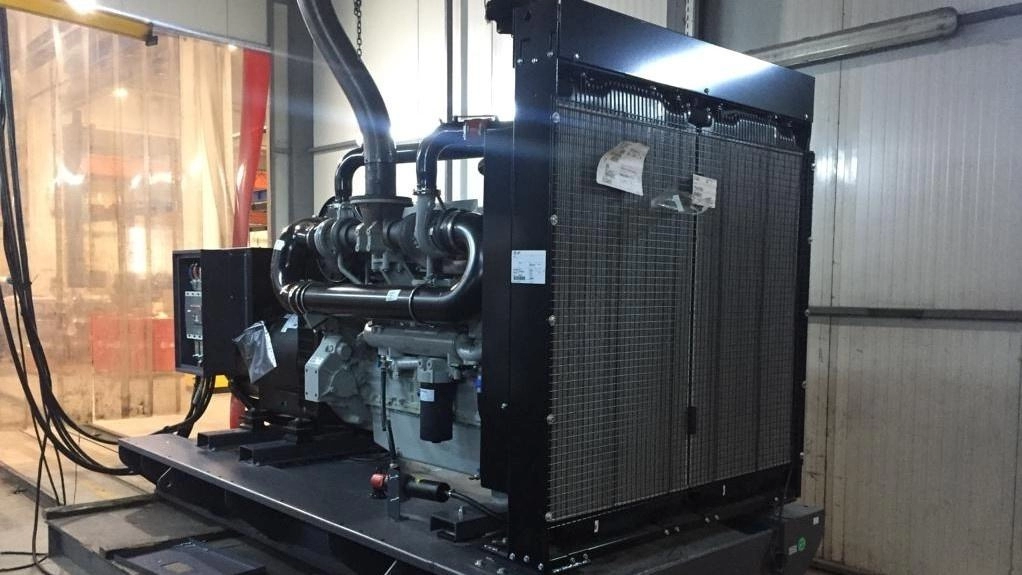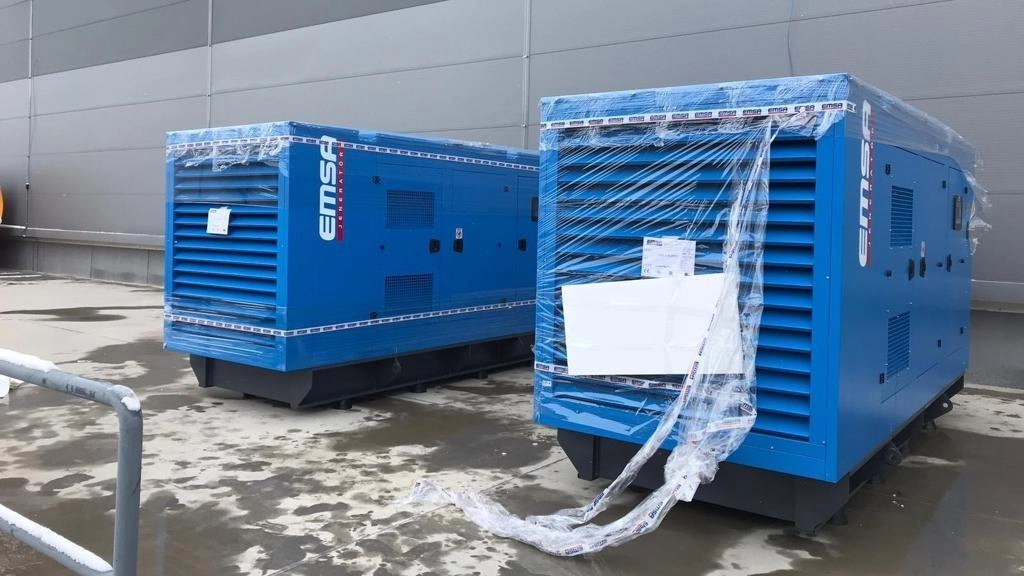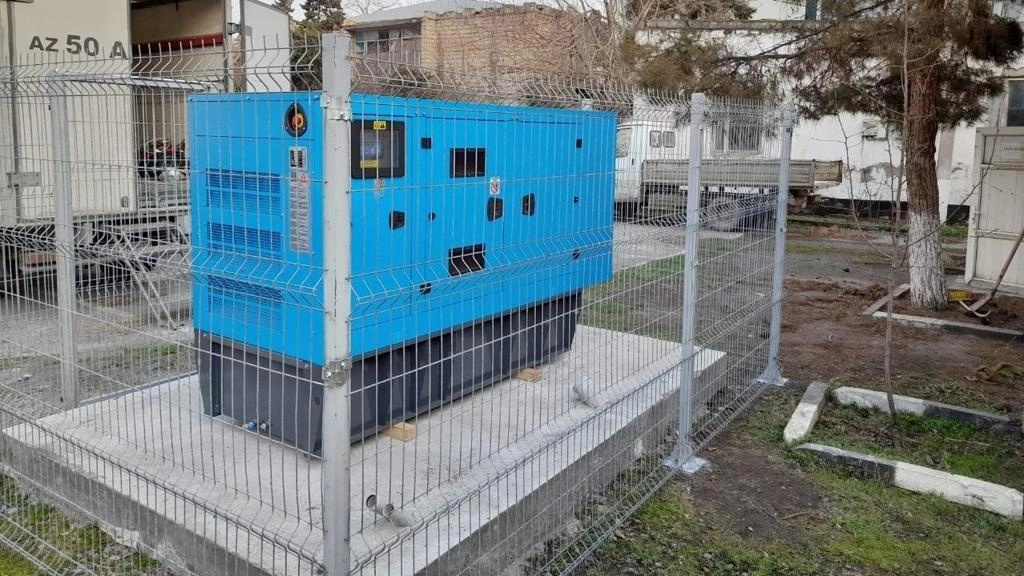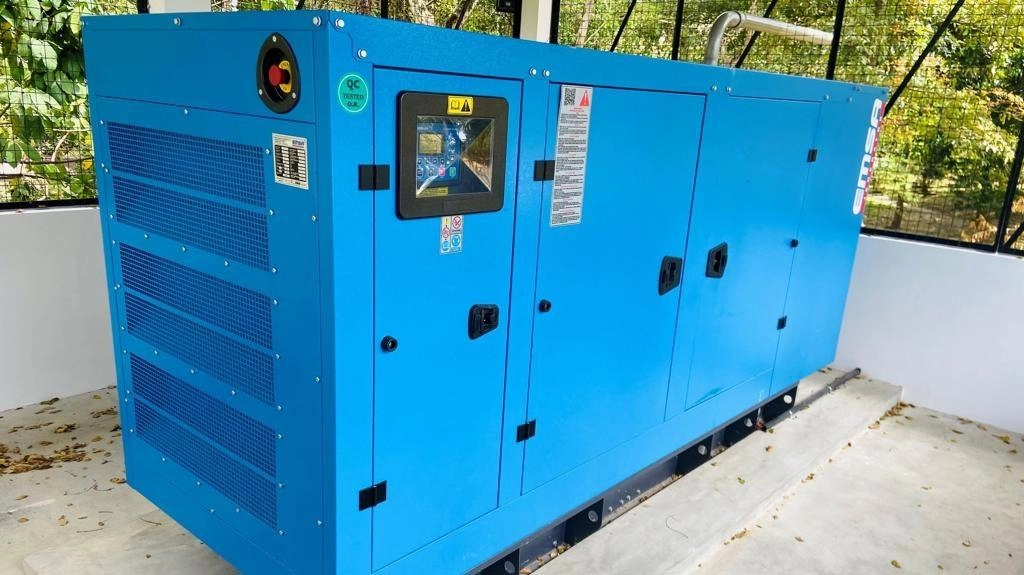Standby power refers to the use of a generator as a backup power source for when the primary power source is unavailable. It is designed to automatically kick in and provide power in the event of a power outage, ensuring that essential systems and equipment continue to function. Standby generators are commonly used in residential, commercial and industrial settings as a way to ensure continuity of power supply in case of an emergency. Standby generators are typically powered by either gasoline, propane, or diesel fuel. Diesel generators are known for their reliability, durability, and efficiency and are commonly used as standby generators. They are able to run for extended periods of time without maintenance and can withstand the rigors of continuous use. Standby generators are available in a wide range of sizes and power ratings to suit different applications. They can be used for emergency power, backup power, and continuous power. Emergency power refers to the use of a generator to provide power during an emergency, such as a natural disaster or power outage. Backup power refers to the use of a generator as a backup power source for when the primary power source is unavailable. Continuous power refers to the use of a generator to provide power continuously, such as in a mining or construction operation. Standby generators are designed to automatically start and transfer power to the load in case of a power outage. This is accomplished through the use of an automatic transfer switch (ATS). The ATS is a device that monitors the utility power and automatically switches to the generator power when the utility power fails. When the utility power is restored, the ATS automatically switches back to the utility power and shut down the generator. Standby generators are also equipped with control panels that monitor and control the generator's operation. These panels typically include a variety of gauges and alarms to monitor the generator's performance, including oil pressure, coolant temperature, and battery voltage. These control panels are also used to start and stop the generator, as well as to monitor the generator's run time and fuel level. When it comes to maintenance, standby generators require regular servicing to ensure they continue to run efficiently and safely. This includes regular oil and filter changes, coolant system maintenance, and battery maintenance. It is also important to regularly check and maintain the generator's air and fuel filters, as well as the exhaust system. Regular load testing should also be conducted to ensure the generator is running at optimal performance. In addition to that, it is important to properly size the generator, this means that the generator's output power should match the power requirements of the equipment or facility that it will be supplying power to. If the generator is too small, it will not be able to handle the load and may malfunction or shut down. On the other hand, if the generator is too large, it will be less efficient and more costly to operate. When selecting a standby generator, it is important to consider the power requirements of the equipment or facility that will be powered. The size and type of generator needed will depend on the power requirements of the equipment or facility. It is also important to consider the fuel consumption rate of the generator and the size of the fuel tank needed to run the generator for the desired amount of time. Additionally, the environment in which the generator will be used should be taken into account, including factors such as temperature, humidity, and altitude. Furthermore, it is important to choose a generator with a sufficient power rating to meet the peak power demand of the facility. It is also important to choose a generator with a sufficient power rating to meet the peak power demand of the facility, this will ensure that the generator will not overload and shut down during times of high demand. Moreover, it is important to consider the duration of power outages, as well as the frequency of power outages. This will help determine the size of the fuel tank needed to run the generator for the desired amount of time. It is also important to choose a generator that is equipped with an automatic transfer switch (ATS) and control panel, this will ensure that the generator can automatically start and transfer power to the load in case of a power outage. In conclusion, standby generators are an essential piece of equipment for providing power in a variety of applications, including homes, businesses, and industrial sites. Diesel generators are known for their reliability, durability, and efficiency and are commonly used as standby generators. It is important to properly size and maintain the generator, choose a generator with a sufficient power rating and equipped with an automatic transfer switch and control panel, this will ensure that the generator can automatically start and transfer power to the load in case of a power outage.
Read More …




